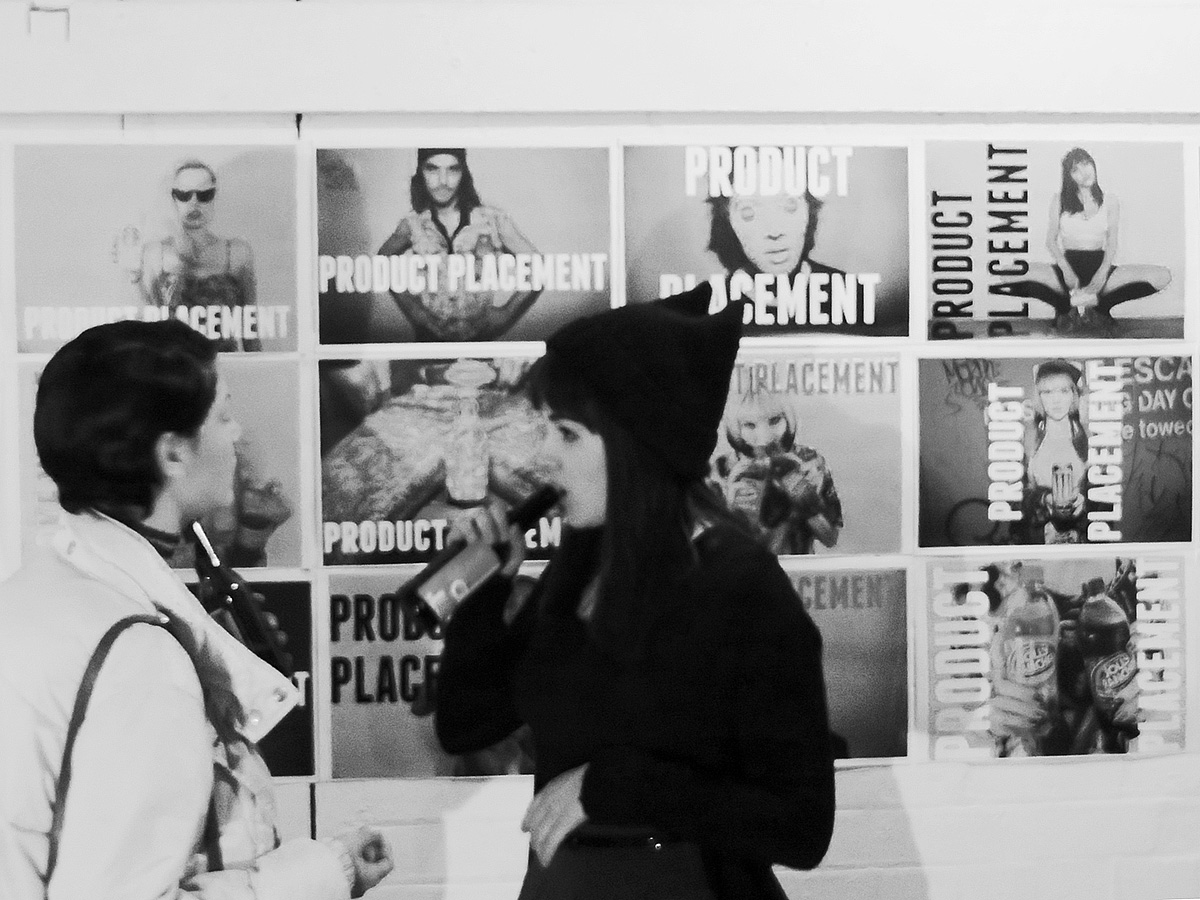Going Native: Weaving Corporate Messaging into “Real Content”
I witnessed a fascinating ethical/existential exchange on October 24 at the Council of Public Relations Firms Critical Issues Forum. The topic: What is “content” vs. corporate messaging, and how will they co-exist as we move deeper into the digital age?
The Forum launched with a video clip of the late, great, “Father of Advertising” David Ogilvy discussing what an Ad should look like: “The less an advertisement looks like an advertisement, and the more it looks like an editorial, the more readers stop, look, and read.” So, the mistake that ad men were making, according to Ogilvy, was trying to make Ads look like Ads.
Ads should look like the content that is around them? Cool idea – deeply rooted in behavioral psychology. I’m in!
This concept is easily applied to public relations, entertainment and news content. In a nutshell, consumers skip over commercials to get to content. “Native marketing” represents the logical consequence of Mr. Ogilvy’s thought process and has long been a part of the fabric of communications in this country.
The heart and soul of this Critical Issues Forum was not really about right or wrong– and there are certainly ethical questions to be addressed with any advertising, especially that which doesn’t look like advertising—but rather, about what part of our work is content and what part is the corporate messaging?
Sometimes it’s hard to understand where the brand/advertising starts and the content ends. Take, for example, the phenomenon that is Red Bull. Red Bull is becoming a single corporate/content entity with magazines, events/news (Felix Baumgartner falling to earth) and sporting and lifestyle content. Then there are brands that are trying to revitalize their old products by appealing to a new generation with content: Spotify’s work with Campbell’s on “Soup Inspired songs” has to be one of the oddest examples of Native advertising I have seen in a while. Are these campaigns? What do we call them? Brands are now telling stories on their own. They have become news, conversations and brands all wrapped up in one.
The topic brought me back to my first PR assignment. I was asked by a prominent healthcare PR Agency to head down to spring break in Daytona for two weeks, given a condo and a car, and paid to work with a small team on a sexual health campaign with Brian Austin Green of Beverly Hills 90210. Back in those days, if you produced a well-crafted Video news Release (VNR), it would play in key news markets across the country—often unedited and untouched. PR was a lot easier back then. The VNR we created was essentially a native advertisement (“native” to TV news) for a new drug that treated genital herpes. There were girls in bikinis, college students, our sexual health booth, and a doctor holding up a genital herpes product while giving statistics on how many people in the US had genital herpes.
The epiphany for me back then was this: Instead of buying a commercial in markets all over the country for millions of dollars, you can use your creativity and build a “news story” with your product in it for around $100,000. Plus you benefit from the “arm’s-length credibility” provided by the audience’s local news channel and their favorite anchors. This was a truly brilliant approach crafted by the owner of our amazing PR firm for our biggest client.
In 20 years, nothing has changed regarding the economic rationale for companies to “Go Native.” In a great article about why media groups are starting to work directly with content providers like Will Ferrell’s “Funny or Die,” Andrew Chomer from PHD (Omnicom) made the point, “If I chase down a guy like Zach Galifianakis, and I go to CAA, it’s going to cost me $1 million to get him in a video. If I go to Funny or Die, they have these relationships,” and someone like Mr. Galifianakis could be lined up “for somewhere in the ballpark, of, like $75,000 to $100,000.”
The final question addressed at the Critical Issues Forum was one that has become a refrain in our industry: Who owns this area of native marketing? PR, Advertising, Marketing, Regulatory? The answer the panel came up with is that everyone owns it. Companies know their products the best but are not equipped for the ongoing dialogue with the audience–i.e., the job of their Public Relations and Marketing Agency. Ad agencies need to come up with the visual and content creative, and marketing needs to make sure messages are coherent and that there is pull-through. Finally, regulatory needs to keep it all on the up-and-up. Is it legally protected satire? Is this our content, or is it shared? And do we lose our rights to it?
All compelling conversations were led by the Council of PR Firms with some of our industry’s most captivating and forward-looking executives.
Moderator – Chris Graves – President and CEO, Ogilvy
Eric Harris, BuzzFeed
Lewis Dvorkin, Forbes Media
Adi Ignitius, Harvard Business Review
Jeff Jarvis, BuzzMachine
Amy Webb, Webbmedia Group
Justin Smith, Bloomberg
Raju Narisetti, News Corp
Is your Company / Agency “Going Native” with your corporate messages? What is working and what isn’t working?
Connect with Michael:
Phone: 212.584.5484
Email: michael@blissintegrated.com
Twitter: @M_Roth425
LinkedIn: Michael Roth
